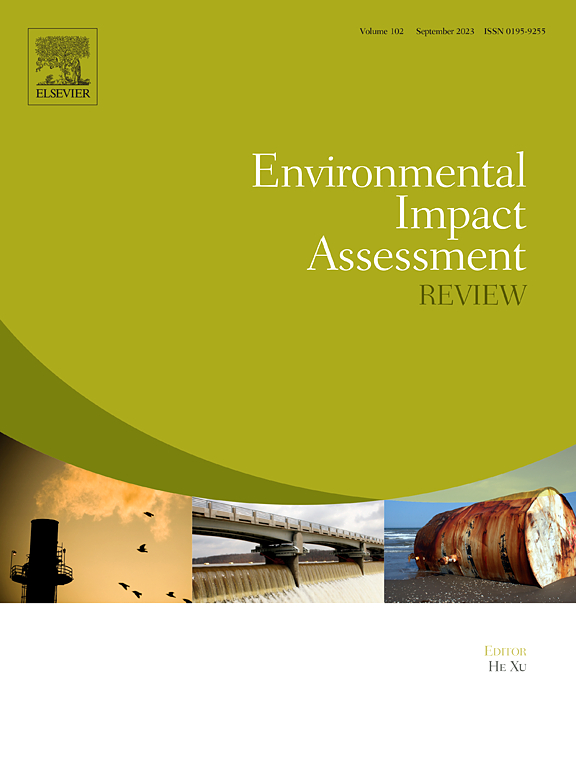全球信息和通信技术跨国投资网络中二氧化碳排放外包的结构演变
IF 9.8
1区 社会学
Q1 ENVIRONMENTAL STUDIES
引用次数: 0
摘要
与信息和通信技术相关的跨国企业(IMNEs)的快速扩张给减排带来了巨大挑战。本文利用多地区投入产出模型和复杂网络分析,研究了 2000 年至 2019 年由 IMNEs 驱动的全球二氧化碳排放转移网络(GCNI)。结果表明,2009 年至 2019 年间,金融危机后的相互关联性增加,网络密度从 0.48 提高到 0.58。在 2000-2019 年期间,GCNI 经历了动态的集群调整,到 2019 年形成了两个不同的群落:以中国为首的亚洲群落和以美国为首的跨区域群落。中国、中国香港、美国、日本、韩国、德国和中国台湾占据中心位置,较小的经济体在核心-外围结构中发挥连接作用。这些发现强调了在数字时代加强全球治理和促进合作减排的必要性。本文章由计算机程序翻译,如有差异,请以英文原文为准。
Structural evolution of CO2 emissions outsourcing within the global ICT multinational investment network
The rapid expansion of ICT-related multinational enterprises (IMNEs) has introduced significant challenges in emissions mitigation. This paper uses a multi-regional input-output model and complex network analysis to examine the global CO2 emissions transfer network driven by IMNEs (GCNI) from 2000 to 2019. The results reveal that between 2009 and 2019, post-financial crisis interconnectedness increased, raising network density from 0.48 to 0.58. During the period of 2000–2019, the GCNI underwent dynamic cluster adjustments, forming two distinct communities by 2019: an Asian community led by China and a cross-regional community led by the United States (US). China, Hong Kong, the US, Japan, South Korea, Germany, and Taiwan held central positions, with smaller economies acting as connectors in a core-periphery structure. These findings emphasize the need to strengthen global governance and foster cooperative emission reduction in the digital era.
求助全文
通过发布文献求助,成功后即可免费获取论文全文。
去求助
来源期刊

Environmental Impact Assessment Review
ENVIRONMENTAL STUDIES-
CiteScore
12.60
自引率
10.10%
发文量
200
审稿时长
33 days
期刊介绍:
Environmental Impact Assessment Review is an interdisciplinary journal that serves a global audience of practitioners, policymakers, and academics involved in assessing the environmental impact of policies, projects, processes, and products. The journal focuses on innovative theory and practice in environmental impact assessment (EIA). Papers are expected to present innovative ideas, be topical, and coherent. The journal emphasizes concepts, methods, techniques, approaches, and systems related to EIA theory and practice.
 求助内容:
求助内容: 应助结果提醒方式:
应助结果提醒方式:


